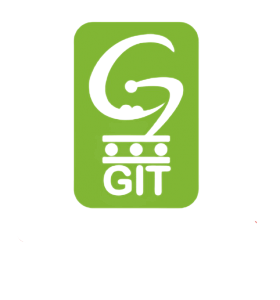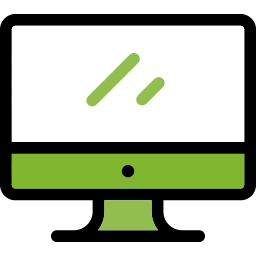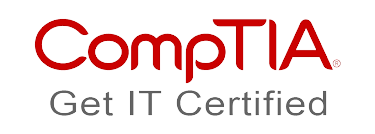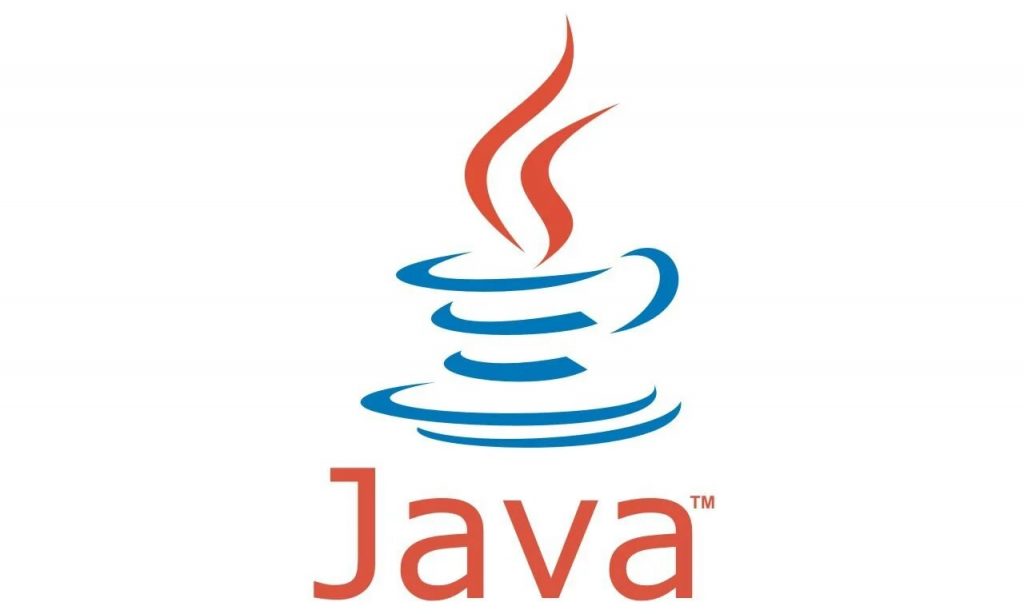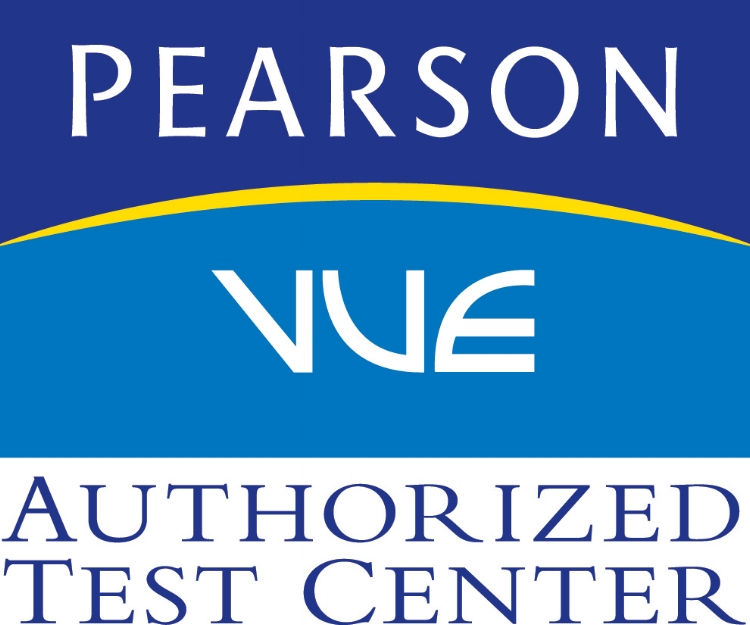In this module, students will learn how configure and implement Azure IoT Central as a SaaS solution for IoT. Students will begin with a high-level investigation of IoT Central and how it works. With a basic understanding of IoT central establish, students will move on to creating and managing device templates, and then managing devices in their IoT Central application.
Lessons
- Introduction to IoT Central
- Create and Manage Device Templates
- Manage Devices in Azure IoT Central
- Business Integration and Data Analysis
After completing this module, students will be able to:
- Describe the difference between Azure IoT Central and the Azure IoT PaaS services
- Describe the features provided by Azure IoT Central
- Describe the purpose and components of a Device Template
- Create and publish a Device Template
- Manage devices using rules and notifications
- Mange devices at scale using jobs
